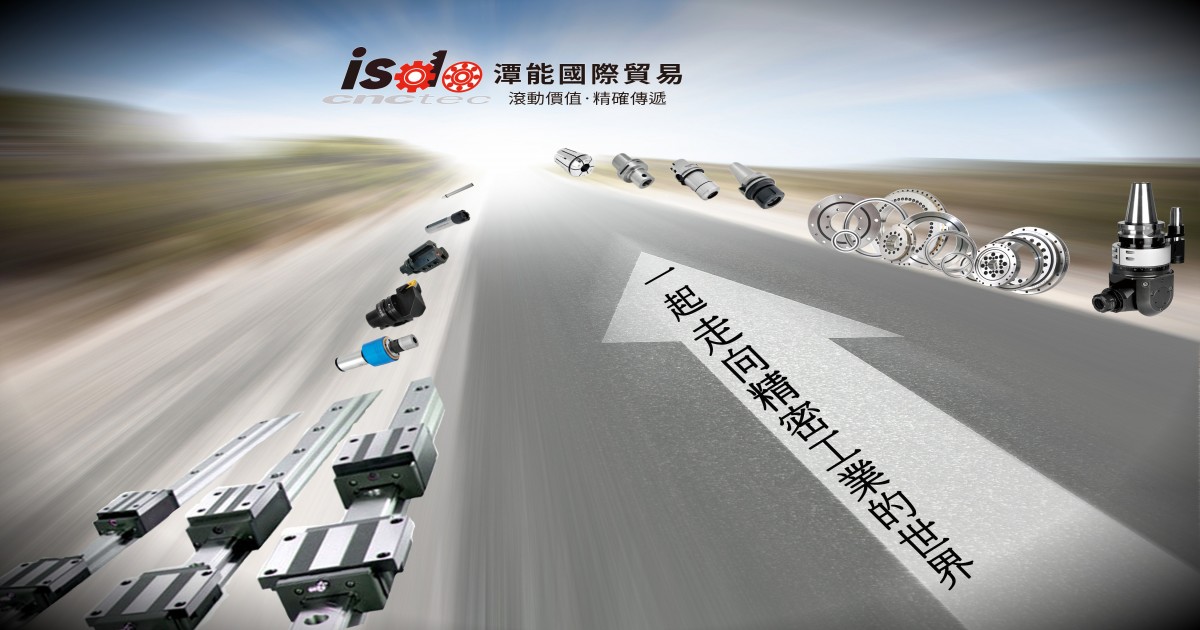
How to Determine Whether Bearings Can Be Reused or Replaced
In practical usage, it's often noticeable that bearings with consistent appearances under the same working conditions can have vastly different lifespans. While some bearings last a long time, others need replacement after a short period. So, how do we determine whether a bearing can be reused or needs replacement?
-
To assess whether a removed bearing can be reused, attention should be paid to checking its dimensional accuracy, rotational precision, internal clearance, as well as mating surfaces, raceways, cages, and seals.
-
During regular equipment maintenance, inspection, and replacement of peripheral parts, removed bearings should be inspected to determine whether they can be reused or their condition.
-
Thoroughly investigate and record the condition of removed bearings and their appearance. To determine the remaining lubricant and ensure accuracy, bearings should be cleaned thoroughly after sampling.
-
Subsequently, inspect the condition of the raceways, rolling surfaces, mating surfaces, and the wear of the cage for any damage or abnormalities.
-
The decision on whether a bearing can be reused should consider the extent of bearing damage, machine performance, importance, operating conditions, and inspection cycles.
-
If any damage or abnormal conditions are found in the bearing, not only should the bearing be replaced, but the cause must also be identified, and corrective measures should be implemented to prevent subsequent damage to the replaced bearing.
-
Bearings cannot be reused if they have the following defects and need replacement:
- Any cracks or fragments in the inner and outer rings, rolling elements, or cages.
- Peeling on the inner and outer rings or rolling elements.
- Significant scratches on raceways, flanges, or rolling elements.
- Severe wear on the cage or loose rivets.
- Rust or scars on raceways or rolling elements.
- Significant indentation or bruising on rolling surfaces or rolling elements.
- Creep on the inner ring bore or outer ring outer diameter.
- Severe discoloration due to overheating.
- Severe damage to the seals or dust covers of grease-sealed bearings.
This is a brief overview of how to determine whether a bearing can be reused. It is hoped that this information will assist in maximizing the performance of bearings and maintaining them for the long term. Effective periodic maintenance (regular inspections) is essential to ensure bearings perform optimally. Through proper periodic inspections, potential issues can be identified and addressed in advance.